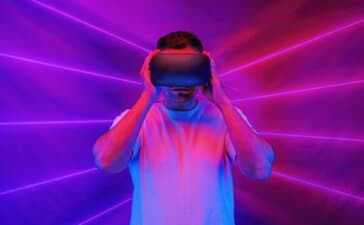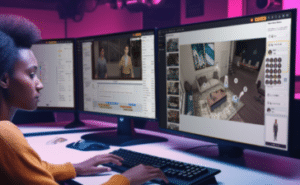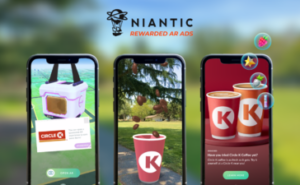It is generally assumed that the VR and XR industry managed to weather the pandemic quite well. However, not all virtual reality endeavors benefited equally. For location-based entertainment (also LBE or LBVR for short), the pandemic had devastating effects.
Even with the social distancing measures and disinfection protocols, the idea of sharing headsets inside a busy venue did not seem very appealing, and just like cinemas, most had no choice but to shut down.
The biggest casualty of that time had to be The Void. They were considered pioneers and one of the biggest players in the LBE space, so their closure and subsequent bankruptcy were seen by many as a grim indication of what was to come.
Shortly after, another big player, Sandbox VR, had to file for bankruptcy, its CEO Stephen Zhao stating bluntly that the company has essentially lost 100% of its revenue due to COVID-19.
However, just like with cinemas, location-based destinations are back in business. And while The Void is still closed down (with rumors it might reopen sometime soon), most LBEs are already back on their feet, together with a whole cast of new players, big and small, all interested in exploring this new, emerging frontier.
VR Unleashed
It seems location-based venues continue to attract fun-seekers for a variety of reasons. One is that they offer a high-fidelity experience. Users can walk around freely without the need for gamepads or any other artificial locomotion. Experiences are designed with immersion in mind, taking full advantage of VR as a medium in a way that cannot be replicated at home. This can be especially powerful when experienced by newcomers who’ve never encountered VR before.
Another reason is the social aspect of LBEs. Whether it’s a group of friends or a family, it’s all part of a shared adventure, similar to cinemas, arcades, and many other leisure activities. Booking, getting to the venue, gearing up, and having a chat afterward are all part of this ritual.
Given all of this, it makes sense that, despite the pandemic, LBEs have managed to find an audience again.
But enough theory, time to look at LBEs in practice! I had a chance to try three of the more popular venues. They all have a slightly different approach. Here are my impressions.
1. Dreamscape Immersive
Dreamscape Immersive has currently six centers, three in the United States and the other three in Dubai, Riyadh, and Geneva. Looking at the interior, it’s obvious Dreamscape aims to create a cinema atmosphere. Movie-like posters advertise available experiences, screens inform of the next showings and a sizable cafeteria allows for a place to sit down and relax before the onboarding.

I had the opportunity to participate in the Curse of the Lost Pearl — an Indiana Jones-inspired adventure where you embark on a mission to find an ancient pearl deep in the catacombs of what looked like either a Mayan or Aztec pyramid.
Dreamscape Immersive uses trackers for motion control, one for each hand and one for each foot, as well as laptop backpacks. They also make good use of tracked props. Participants can expect to carry tracked items light torches or the aforementioned lost pearl.
In fact, right from the start, we were asked to push a lever that existed in both the virtual world (as an interactive element) and in the real world (as a feedback prop). This immediately helped blur the distinction. Next, we had to step through the projector, which turned out to be a portal — another clever trick that created a sense of awe as the horizon suddenly expanded miles into the distance.
Dreamscape Immersive scripts feel very engaging and creative. At some point, you might be asked to wave to your pilot. At other points, you’ll get separated. Their venues feature floor which has motorized elements that provided rumbling and trembling during descent. There are also other immersive elements such as wind, heat, or water.
The Curse of the Lost Pearl has no shooting in it. Users can expect scares and traps, but it’s meant to be cinematic first and foremost. It does, however, allow for a bit of flexibility. In my case, for example, at one point, I took a torch from another participant and ended up carrying two. Location-based experiences are always a bit unpredictable as we all react differently, so it’s nice when everything behaves the way you would expect it to, even when things go off script.
Thanks to a technique called “redirected walking”, participants feel like they traverse large distances when, in fact, everyone is walking in circles. Moving platforms, elevators, impossible geometry all of those can be used to make us forget our real-world bearings.
Technically, it would be nice to see higher-fidelity avatars. They all looked a bit lifeless and crude compared to the rest of the experience. Also, our feet didn’t track nearly as well as our hands, resulting in some awkward walking animations, but those were the only real issues I had.
2. Zero Latency VR
Zero Latency VR is a well-known company in the LBE space. They currently have 70 venues in over 26 countries and target intense, gaming-like scenarios.
I had a chance to try two of their adventures. One zombie-themed is aptly called Zombie: Outbreak Origins and the other one is a well-received Far Cry: Dive Into Insanity, which is based on a popular gaming IP. It features arguably the most recognizable character in the entire franchise — Vaas Montenegro.
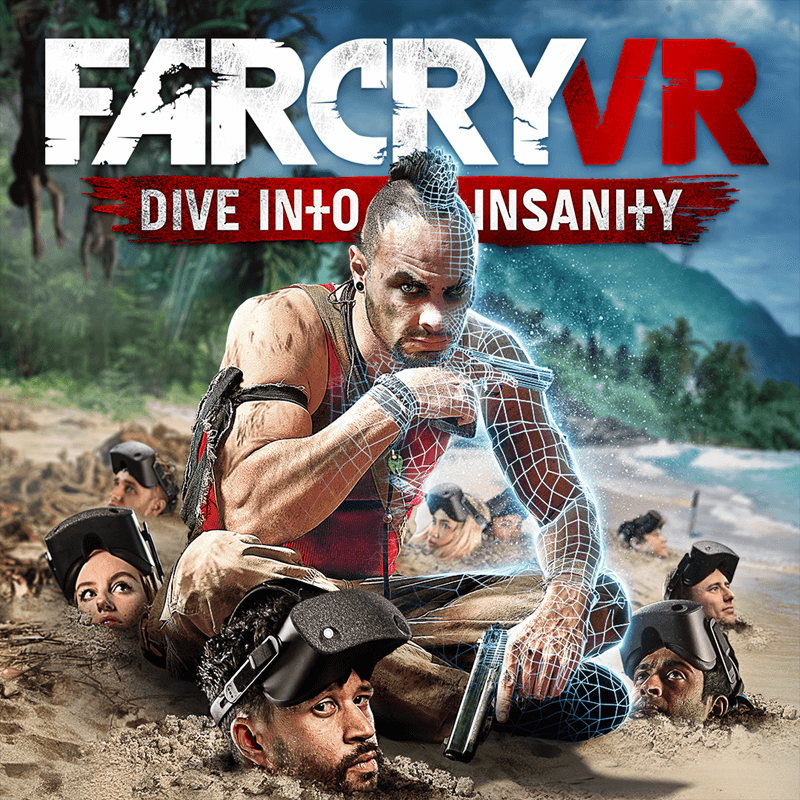
Zero Latency experiences focus primarily on action and shooting. You wear a backpack but throughout the whole game, you will only need to hold one prop: the gun. Same with onboarding, it mostly focuses on how to reload and fire. There are other game-related mechanics as well, such as respawning, points, and leaderboards.
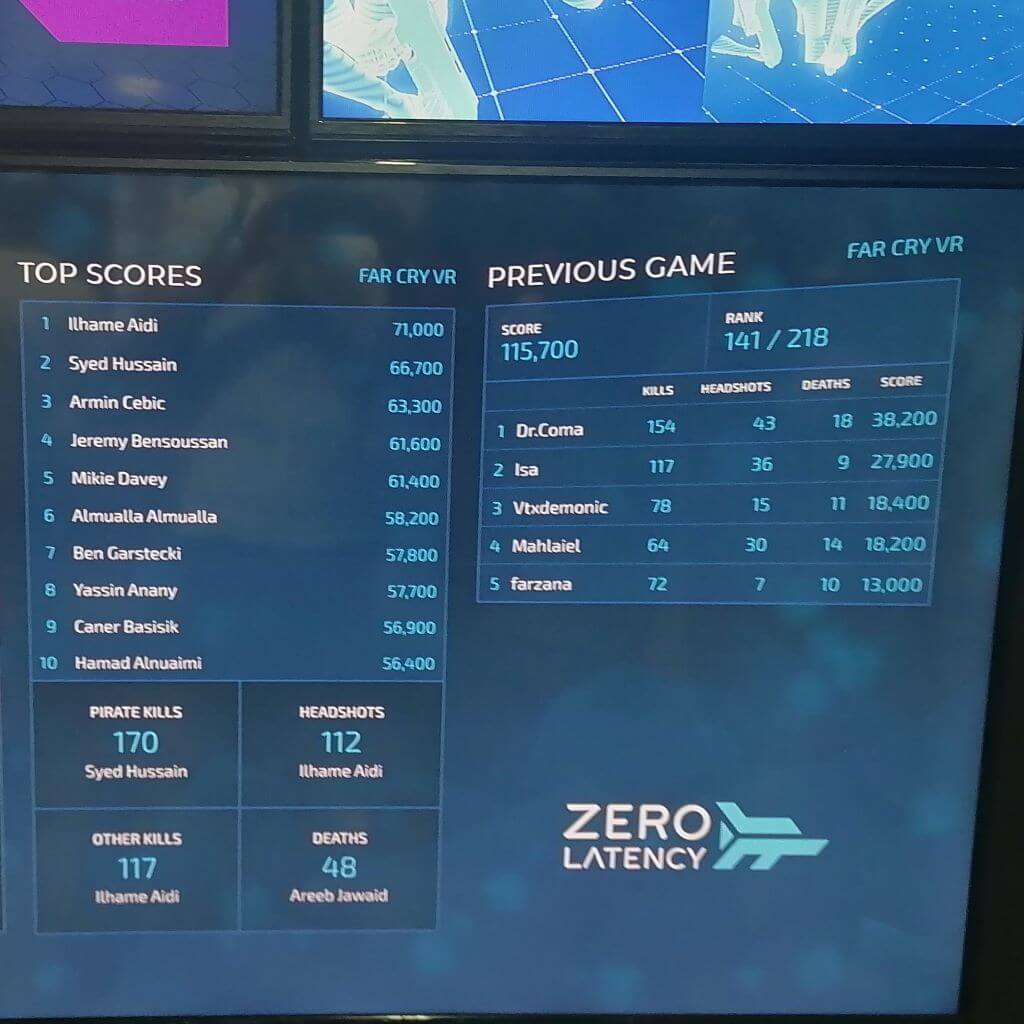
Zombie: Outbreak Origins is pretty much a non-stop shootout between you and the undead. Far Cry VR, on the other hand, features storyline elements, where participants end up captured by Vaas and thrown into what looks like a world of hallucinations. The shooting remains the key component, but thanks to these intermissions, it makes the experience much more intriguing and also helps glue all the action scenes together.
Like many other LBEs, Zero Latency takes advantage of redirected walking, making users traverse the large-scale arena in redirected patterns while the action keeps moving onward in VR.
In my case, I found Far Cry VR to be rewarding and even thought-provoking, but Zombie: Outbreak Origins was fun as well, simply because you roam this big virtual world on foot, making the immersion so much more profound.
3. Divr Labs
Divr Labs was founded in 2016 and its arenas are currently available in three locations: Prague, London, and Stockholm. I had a chance to try their prehistoric adventure titled Meet the Dinosaurs, where you become a time-traveling scientist on a mission to collect some data from 80 million years ago.

What makes Divr Labs stand out is the graphical fidelity of their experiences. The prehistoric jungle, along with its inhabitants, feels high-quality and very realistic. Divr Labs decided to forgo props or guns, opting instead for hand tracking. As a result, everything feels very intuitive. There is no fighting or shooting and instead, participants are asked to gather as much data as possible in the form of specimens, plants, leaves, eggs, and so on. It’s a bit of a game of hidden items.
The story elements were pretty straightforward and there is no plot, other than you being a scientist from the future. Moreover, all the dinosaurs and environments remain true to our current understanding of the Mesozoic Era which makes the experience somewhat educational.
In my case, I really enjoyed the hand tracking aspect of the experience. I could move my hand past things like grass or leaves and the leaves would waggle accordingly. It felt convincing, even though my hands were not receiving any feedback. Collecting hidden items was done by opening my hand over various specimens, which triggered a download animation around my palm.
Towards the end, I had a face-to-face encounter with a T-Rex, plus a virtual photo as my scientist avatar before it was time to leave VR and off-board. I was also given their personal score based on the amount of data collected, which is a nice touch for those planning to go again.
Unfortunately, my experience wasn’t without hiccups. At some point, my hand tracking stopped working. Instead of focusing on the world around me, I anxiously waited for the issue to get fixed. Despite restarting tracking, the issue persisted, which left me without tasks to do and without any interactive elements. Online, some users complained they had missing audio and encountered other technical problems. These aren’t design issues as such, but suggest focus should be on quality assurance so that every experience is always great.
More to Come
Location-based entertainment is not limited to cinematic and gaming entertainment. There are museums, art exhibitions, and other truly amazing free-roaming LBE venues out there, such as the massive, over 1,150m2 (over 12,000 ft2) Space Explorers: The Infinite where participants get to spend one hour in a full-scale replica of the International Space Station.
In the coming years, LBE venues will continue to offer the most refined and sophisticated VR experiences available. They allow people to try virtual reality without the risk of the so-called ‘well-poisoning’, which is an insider term for when someone’s first experience with virtual reality is so inadequate that it effectively kills their interest forever. That was the argument often leveraged against very cheap cardboard and smartphone headsets.
Location-based entertainment is the opposite of that. You can say it sweetens the well by making people immediately aware of the potential of VR and making them curious about what else virtual reality has to offer. It serves as a great ambassador for the entire industry.
About the Guest Author(s)

Mat Pawluczuk
Mat Pawluczuk is an XR / VR writer and content creator.
